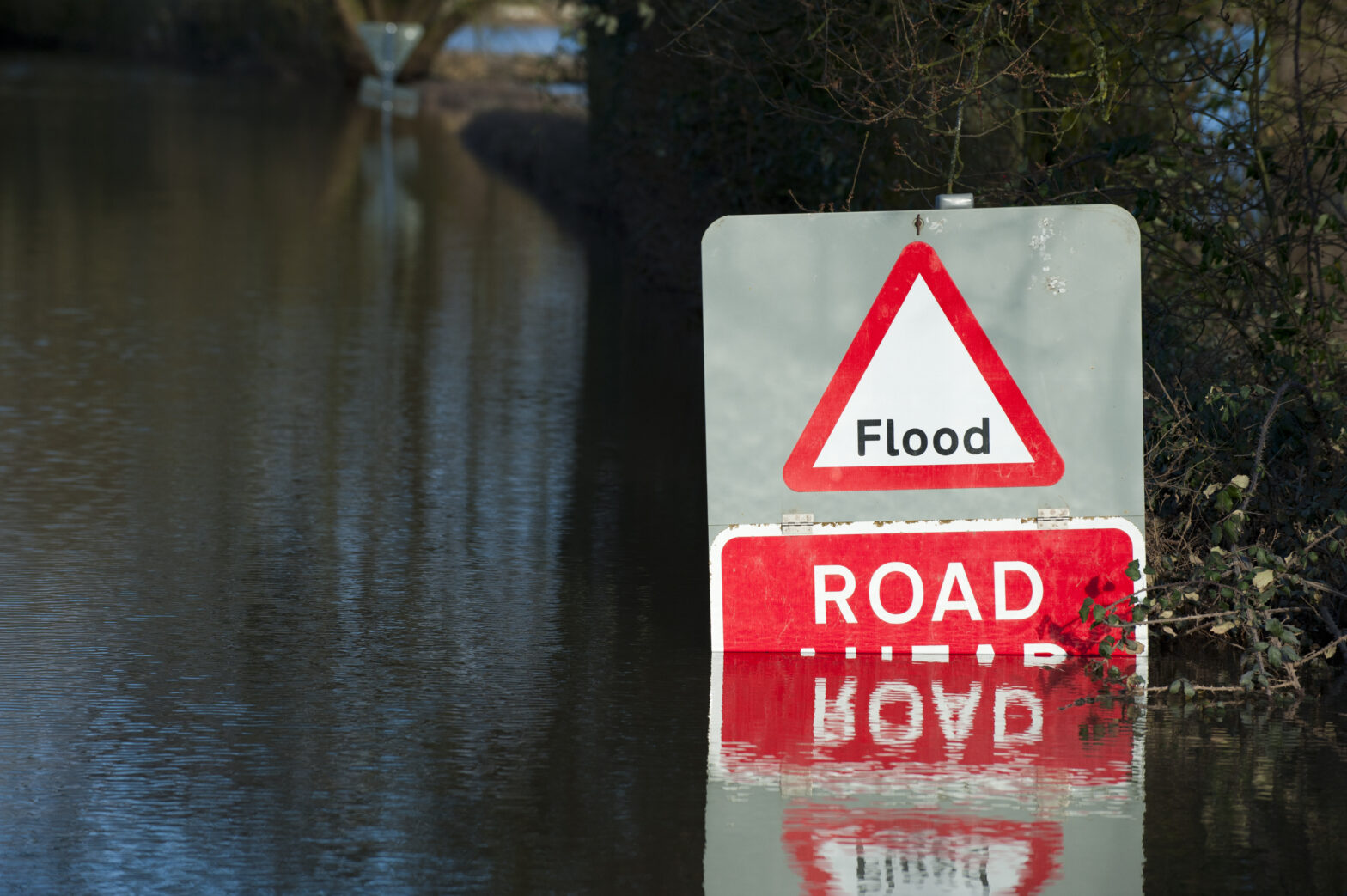What do two burst pipes, three fires, three major storms, one power cut and a bridge failure have in common? They’ve all threatened UK business in the last year with severe disruption.
New research by business continuity firm IT Specialists (ITS) in light of the Business Continuity Institute’s Business Continuity Awareness Week (BCAW) 2016 looked into the ten biggest disasters that have affected businesses in the past twelve months, demonstrating that business disruption can come from a wide variety of sources.
Although the damage caused by the three worst storms (Katie, Abigail and Desmond) of this last winter was extreme – affecting more than a quarter of a million (280,000) UK homes combined and leaving billions of pounds of damage in their wake – less cataclysmic events were also incredibly disruptive. For example, major fire incidents left a combined 7,000 homes without power in the last year alone.
Interestingly, considerable disruption was caused by far less obvious issues, such as a 19 day closure to the Forth Road Bridge in Scotland and the even more mundane burst pipe.
> See also: How organisations can take a holistic approach to disaster recovery
Whether it was a fire that brought a halt to a bustling city centre, structural damage to a bridge that diverted 80,000 commuters daily or a 106-mph storm that disrupted 130 flights, the last 12 months had its share of incidents that kept businesses on their toes and put their revenue at risk.
ITS warns that without a thorough business continuity programme, there is a risk of negative consequences such as lost inventory, reduced productivity due to employees being unable to work remotely, property damage and the all-important revenue loss.
Accountancy firm KPMG has estimated that the total cost to the UK’s insurance sector, businesses, individuals, communities and government as a result of winter 2015/16 flooding will top out at between £5-5.8bn.
‘Investing in forward planning can save valuable time, protect the organisation’s revenue and preserve its customer base,’ said Matt Kingswood, UK head of ITS, which provides business continuity solutions, including a disaster recovery as a service (DRaaS) solution, BlackVault Managed Recovery Platform.
‘We urge businesses to formulate a business continuity programme to identify inefficient processes that cost the organisation money on a daily basis and can prove a barrier to disaster recovery.’
Meanwhile, disaster recovery company Databarracks have launched a Business Continuity Podcast, which straightforward discussions with experts who and practical advice to better secure businesses against calamities and IT downtime.
Here are the ten worst incidents that have affected businesses across the country in just the last 12 months:
1 – Holborn Fire
A fire caused by an underground electrical fault burned for 36 hours, causing 3,000 properties to be left without power. 5,000 people were evacuated from the area of central London, eight theatres were forced to cancel performances and numerous restaurants had to close their doors.
2 – Storm Kate
The year’s most severe storm yet, Kate terrorised Britain over the March bank holiday weekend. 130 flights were diverted and 200,000 properties were left without power after winds up to 130 mph battered the UK.
3 – Storm Desmond
The extratropical cyclone at the beginning of last December saw wind speeds of up to 81mph and severe rain cause flooding and powercuts across the country. 60,000 homes were left without power and more than 1,000 people exacuated from their homes.
4 – Forth Bridge closure
A crack in the Forth Road Bridge left the major crossing unusable for nearly a month, causing chaos for commuters from across central Scotland, Fife and Tayside, and having a significant impact on Christmas deliveries.
5 – Storm Abigail
November’s form saw 84 mph winds rack the UK. Power cuts affected 20,000 properties and many schools were forced to close for the day.
6 – Hampton-in-Arden fire
A factory in the Midlands producing toffee apples for Halloween was completely destroyed by fire, with gas cylinders and oil drums on site putting neighbours also at risk. Five fire crews with 25-30 firefighters worked for two hours to get the blaze under control.
7 – Heathrow airport power cut
Due to problems with a supplier, power was cut to Heathrow terminal 5 for three hours, affecting the baggage system. 50 BA flights left behind cases and other equipment, leaving 3,000-4,000 people without their bags.
> See also: Are enterprises taking business continuity seriously?
8 – Royal Berkshire hospital power cut and flood
Crews pumped water at the fire for more than three hours in the coronary unit of the Reading hospital. Medical staff worked through the night using backup generators, and A and E was forced to close to all but the most critical patients. Crews then dealt with a flood caused by a burst underground pipe.
9 – Kennington floods
Last June, 10 fire engines and 72 firefighters were called to the scene as a burst pipe plunged a busy south London junction underwater. 15 properites were damaged.
10 – Saltley recycling site fire
More than 100 firefighters were called to the recycling plant in Birmingham to tackle a fire that raged for several days. 800 tonnes of metal and plastic were accidentily set ablaze. Because the site was underneath electricity pilons, power supply to nearly 4,000 nearby properties were cut off.







